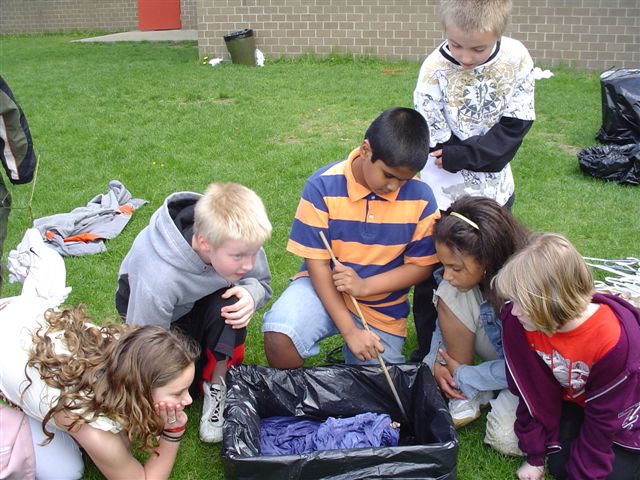Building Social Skills
- Observing others is a good way to learn. Also, pair students with peers that have skills.
- Projects at home and in school. As students work to solve a problem, they learn proper social behaviors.
- Modeling proper behaviors through videos helps students observe actions.
- In addition to modeling, students can create videos of certain social skills.
- Assign students to write about social instances they see outside of the classroom.
Modeling, games, and activities are a great way to teach students social graces. Usually, these are done in the student’s early years. However, many older students also lack socially accepted skills. Thus, the pandemic brought an interest in educators to build social skills so they handle the challenges of a pandemic.
Older youth need social skills to help them transition to new friendships in middle school, high school, and then through college. Also, they have more satisfying friendships and positive family relationships. Thus, they do better in school and community life.
Research shows that the stronger the social-emotional skills the less likely for students to develop health problems. Also, they were less likely to form addictions or involvement in criminal activities. Overall, the long-term effects benefit society.
Skills for Older Students
- Practice face-to-face communication.
- Learn to be an active listener as well as an assertive communicator.
- Learn to ask questions for clarification.
- Be part of a team.
- Perform and speak in front of a group or a crowd.
Students are either extroverts or introverts. Thus, their social interactions are different. However, shyness should not be confused with introversion. Shy students must take time and practice skills to build their confidence.
Regardless of the type of student, they must learn social skills so they are successful in life.




